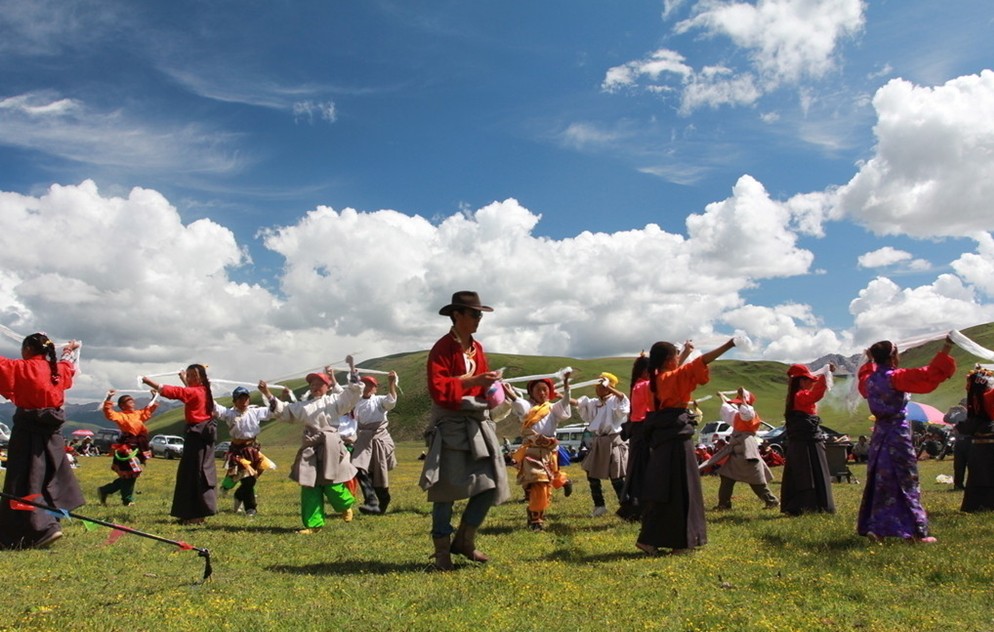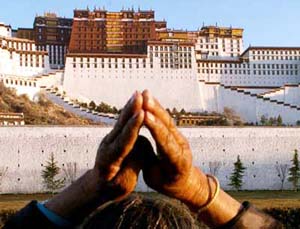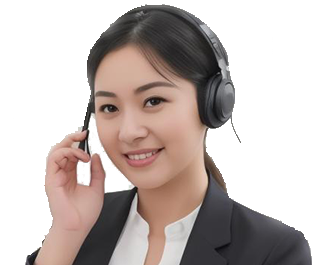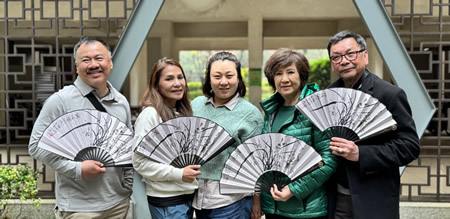Highlights
Tibet possesses the spectacular snowy scenery, the unique culture, exotic customs and rare animal and plant species to Tibetans.And the friendly Tibetan People warmly welcome you here.
Itinerary
You will be picked up at your hotel in the morning and we firstly go to visit the [Potala Palace] which is the former winter home of the Dalai Lama, a vast, awe-inspiring maze of corridors and stairs leading through countless rooms of richly decorated statues, tombs, murals and antiques. We will climb past the White Palace into the Red Palace, where the file of pilgrims offering silk scarves, coins or yak butter to burn in the shrines combine to make this an unforgettable experience.
Then, we drive to the [Jokhang Temple] which is smaller and more manageable than the Potala. This 4-storey, golden-roofed temple is always at the heart of a rich and living Tibetan Buddhism. Many locals pray here regularly. The temple is surrounded by Barkhor Street and thronged with pilgrims and visitors. Yak butter lamps burn in front of rich statuary that includes the Sakyamuni Buddha brought to Tibet by Princess Wen Cheng in the 7th Century.
Right after the Jokhang Temple, we come to the [Barkhor Street]. Built about 1,300 years ago, the Barkhor (pilgrims’ circuit) is found in the heart of Lhasa encircling the Jokhang Temple. In the past, it was a designated circumambulation circuit, "a saint’s road" in the eyes of Tibetans. Many people call the Barkhor “the window of Tibet” as it exhibits typical Tibetan life. Watch the pilgrims, wearing their local dress from many different parts of Tibet, as they circle clockwise around Jokhang Temple with prayer wheels, or prostrate them near the front gate. Join the locals and visitors to shop for local goods at the colourful stalls, or relax in a coffee shop or tea house to enjoy the passing parade.
Meals included: Lunch
Today, we firstly got to visit the [Sera Monastery]. Located in the northern suburbs of Lhasa, The Sera Monastery is a complex of 4 structures: the Great Assembly Hall and three colleges. It was founded in 1419 by Jamchen Chojey of Sakya Yeshe of Zel Gungtang (1355–1435), a disciple of Tsongkhapa. 'Sera' means wild roses and was called this because the monastery was surrounded by wild roses. One of the three main monasteries of Lhasa, it is here that the monks "famous daily debates" take place. At 15:00 every day (except Mondays), there is a debate about Buddhist doctrines among the monks at Sera Monastery. The debating is held in the grounds and is a necessary way of learning sutras and scriptures. Visitors can watch the debate, but it is advised to keep quiet.
We then go to the [Norbulingka]. Norbulingka means "Jeweled Garden". Constructed as a summer palace for the Dalai Lama, it later served the whole government administration. It was built by the 7th Dalai Lama and served both administrative and religious purposes.
[Drepung Monastery] lies in west of Lhasa under Mt. Gambo Utse, clustered round by the black mountain, its white grand buildings shining under the sunlight. Built in 1416, it is considered as one of the largest monasteries in the six principle monasteries of Gelu Sect in China. Drepung Monastery used to be the living palace of Dalai Lamas before the reconstruction of Potala palace (after the 5th Dalai Lamas was bestowed by Qing emperor Qianlong). The grand Shonton Festival is hold in the early part of August every year. That is the busiest day there with crowds of people. It is an opportunity to enjoy the atmosphere of this festival.
The tour ends when you’re transferred back to your hotel.
Meals included: Lunch
Pricing & Accommodation
-
 US Dollar
US Dollar -
 Euro
Euro -
 GB Pound
GB Pound -
 CA Dollar
CA Dollar -
 AU Dollar
AU Dollar -
 HK Dollars
HK Dollars -
 Renminbi
Renminbi
| Group Size | 1 person | 2-5 persons | 6-9 persons | ≥10 persons |
| Tour Cost | $ 459 | $ 368 | $ 300 | $ 238 |
* The price is only for your reference and it is subject to seasons, high or low.Please send us your inquiry if you are interested.
* Price is in US dollar. It may vary a little bit according to US dollar exchange rate fluctuation, car fuel price change and government tax adjustment, etc.
* Price in every box above is for each person.
Inclusions / Exclusions
Inclusions:
A. Personal English-speaking Guide .
B. Experienced Driver + comfortable Private car/van/bus for the driving part .
C. Admission fee for the attractions enclosed in the square brackets in the itinerary.
D. Meals specified in the itinerary.
Exclusions:
A. Gratuities, Tips to local people, the guide and driver
(Although not compulsory, if you think your guide and driver have done a good job at the end of the tour, we suggest you tip them at you own decision to show your appreciations.)
B. Other Personal Expenses.
Important Information
How to Dress (only for reference):
Comfortable walking shoes
Long, loose and comfortable pants
Shorts for summer months (June – September)
Shirts/T-shirts
Warm clothes (Fleece, Jacket, hat and gloves etc.) for Nov-April
Umbrella or waterproof jacket in a cloudy day or rainy day
Cover for backpack or plastic bags to keep clothes dry in case of rain
What to Bring (only for reference):
Wet wipes / Moist towelettes
Sun hat, Sun block, Sunglasses
Insect Repellent
Bottled Water
Small towel
Camera, film and memory chip, battery
Binoculars









































